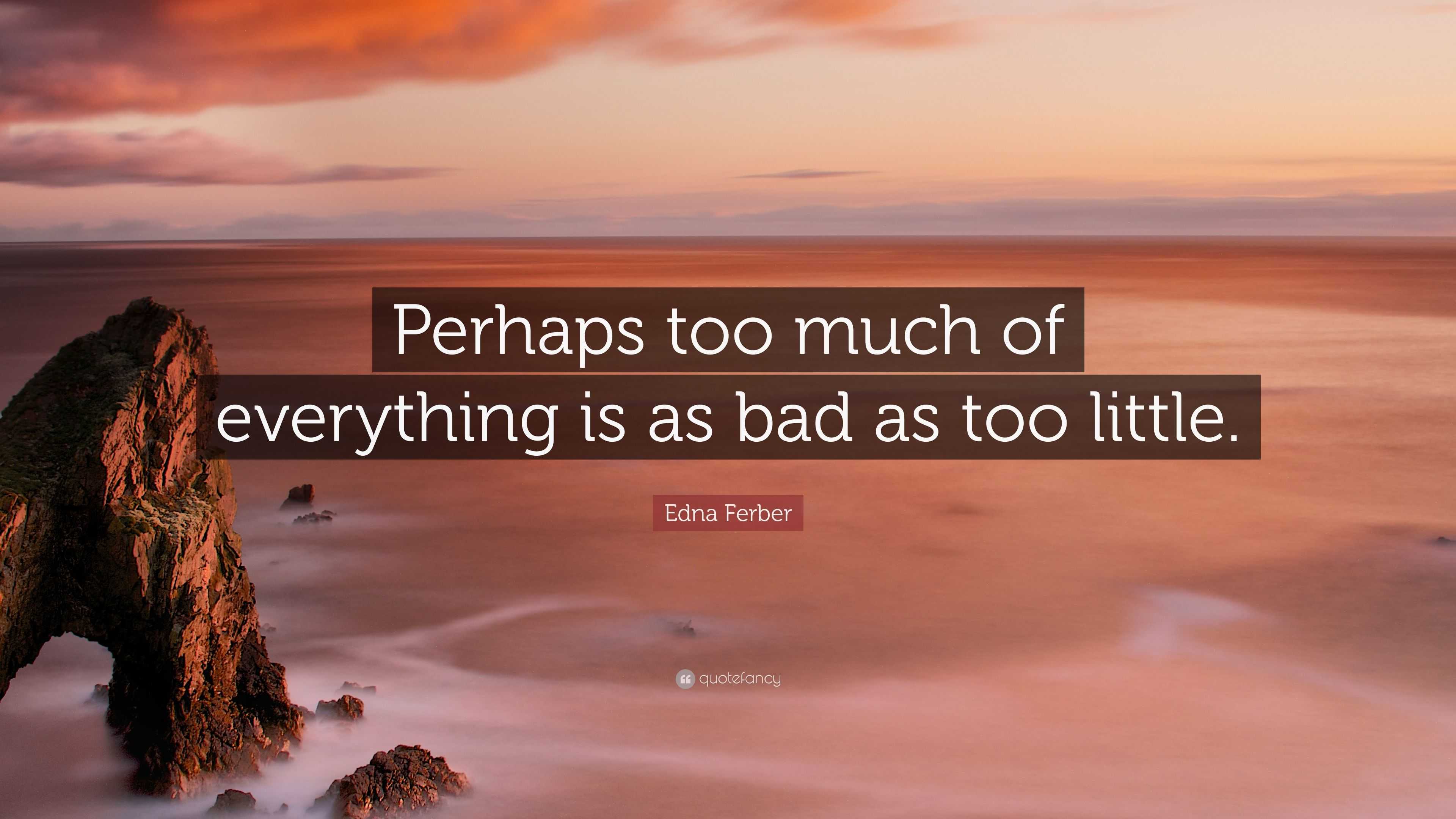However, the second main consideration on determining training frequency is recovery. A single bout of training between MEV and MRV causes muscle growth to occur, but it also presents some degree of fatigue. If we are to progress in training and allow adaptations to fully take hold over days and weeks, we must allow enough time to elapse between overloading sessions for at least most fatigue to dissipate. On average, the exact amount of fatigue dissipation must be at least enough to allow performance to return to baseline or higher, such than an overload can be presented. " The timecourse of fatigue is usually a bit longer than that of muscle growth, unfortunately, so that for most people, recovery, not muscle growth cessation, will be the limiting factor on frequency. In the original guide, I mentionedthe German Volume study that I reviewed in a past research review.
In this study on trained subjects, 24 weekly sets was not more effective than 14 weekly sets for quadriceps, and 28 weekly sets was not more effective than 18 weekly sets for biceps and triceps. However, it should be noted that many of these sets were not to failure. German Volume Training involves doing 10 sets of 10 with 1 minute rest, and you use the same weight for all sets. In many cases, people can do around 20 reps with 60% 1-RM . In fact, it's difficult to ascertain how many hard sets the subjects did. Also, it likely varied from one person to the next since it was based on % 1-RM, rather than doing sets to a specific Reps In Reserve .
In other words, one person might be able to do a lot more reps than another person with 60% 1-RM, so their initial sets will be much easier. Thus, this study is not a reliable data point for determining where an upper limit may lie. The same holds true for another 2018 German Volume Study; the methodology was nearly identical, and it again is not reliable for determining an upper limit for volume.
It should also be noted that the training frequency was twice per week for upper body, and once per week for lower body in this study. Thus, the highest volume condition was doing 24 sets per session for lower body, greatly exceeding the theoretical 10-set limit. This group was doing 14 sets per session for upper body, again exceeding the theoretical 10-set limit. Thus, the training frequency and per-session volume may also be contributors to the lack of volume effect observed in this study. In the study by Ostrowski and colleagueson trained subjects, the triceps were subjected to either 7, 14, or 28 weekly sets.
Gains nearly doubled moving from 7 to 14 weekly sets, but there was no further increase with 28 weekly sets. Also, bench press performance dropped off with that level of volume. This suggested that perhaps weekly volumes in the high 20's may be more than necessary.
However, one limitation of this study, which I did not address in the original version of the guide, is that the researchers did not assess bicep gains. They also did not do anything beyond 12 weekly sets for quadriceps. Thus, this study is insufficient for determining where an upper limit may lie, as only one muscle group was trained for more than 20 weekly sets. It's also important to note that the training frequency for triceps in this study was two times per week.
Thus, the 28 weekly set condition involved 14 sets per session, exceeding the approximate 10-set per session threshold that we established earlier. Thus, the observed plateau in this study may be due to the frequency. By selecting 2-4 chest exercises per workout you can add 4-8 different chest exercises per training program, which is plenty of variation in a month's time. Instead, stay within those ranges and work to perform quality repetitions with a hyper-focus mindset of feeling the chest muscles stretch throughout the full range of motion. Ostrowski and colleagues examined the effects of 1, 2, or 4 sets per exercise on hypertrophy in trained subjects.
Subjects did 7-12 reps to failure per set, with 3 minute rests between sets. Triceps were trained twice per week, as pressing movements were performed on one day, and isolation movements were performed on another day. Quadriceps training volume did not exceed 12 total weekly sets since they were only trained once per week. However, triceps weekly volume, when counting pressing movements, was 7, 14, and 28 for the low, moderate, and high volume groups, respectively.
There were no significant differences in changes in triceps thickness between the groups, although the percentage gains and effect sizes favored the groups doing 14 and 28 weekly sets. In fact, percentage gains and effect sizes for weekly sets were about twice that of 7 weekly sets. There was little difference between 14 and 28, however. In a study of which I was a coauthor, Brad Schoenfeld and colleagues replicated the design of the Radaelli study, but with trained subjects.
The subjects performed 1, 3, or 5 sets per exercise, for 8-12 reps to failure and 1.5 minute rests. Total weekly sets were 6, 18, and 30 for biceps and triceps, and 9, 27, and 45 for quadriceps. A significant dose-response effect was observed in the biceps, rectus femoris , and vastus lateralis .
There was not a significant effect for triceps, although the overall pattern had similarities to the other muscles. So how might you apply this information to structuring a training program for maximizing hypertrophy? Here's one example of how you might structure a program that uses the best "bang for your buck" range of weekly sets per muscle group.
This particular example is a 4-day upper/lower split; most muscle groups are trained via combination of compound and isolation movements. Sets are stopped around 1-2 reps short of failure to allow for better recovery, and repetitions and exercises are varied to help reduce joint stress. The majority of research has found that the total amount of work you do for a muscle over the course of a training week matters more than how you do the work.
A 2016 study in the International Journal of Exercise Science compared subjects doing a body-part split to a group that followed full-body workouts. The body-part guys did nine sets per muscle group once per week while the full-body team trained each area three times per week with three sets each—so the total training volume was the same. After eight weeks, the muscle and strength gains the two groups made were roughly equivalent.
Week to week, you can manipulate working sets by using the Set Progression algorithm from the Training Volume Landmarks for Muscle Growth article. The way you keep the reps stable as RIR falls is by adding weight to the exercises you're using. How much weight to add is a matter of an educated guess on your part. You want to add enough weight to get your target RIR with the same reps as last week.
For example, if you did 100lbs last week for 10 reps on your first set of an exercise at 2 RIR, how much should you do next week to get 10 reps again but at 1 RIR? If you're making very rapid gains on an exercise, you might have a few weeks here and there where even though you increased weight by a bit, your RIR didn't decline. You might have hit 8 reps at 100lbs at 3 RIR last week, and then hit 8 reps again at 3 RIR with 105lbs this week! This is a good thing, and lots of these weeks are how beginners can sometimes crank out up to 12 weeks of accumulation. Since getting to failure too soon is MUCH WORSE than getting there a bit slower, we recommend being conservative on nearly all weekly weight additions. Now, are these lower training volumes totally ideal for building muscle?
For optimal muscle growth, we'd want to be doing 2–5 workouts per week, each containing somewhere between 3–8 sets per muscle group. But are these lower training volumes enough to gain muscle and strength? Well, that about does it for the most thorough review on training volume and hypertrophy that you'll find anywhere. You can be sure that this will be updated as new research becomes available. Conclusions in science are always tentative, and based on the best available evidence at the moment. In the case of set volume and hypertrophy, more is better up to around 6-8 hard sets per training session with long rests and twice as much with short rests.
High weekly volumes (20+ weekly sets) give best results when split into frequencies of at least 3 days per week. Of course, this is based on averages, and individuals may respond very differently to changes in volume compared to the average. It's also important to point out that12-18 weekly sets probably gives you the best bang for your buck in terms of hypertrophy relative to the time investment when hitting each muscle 2-3 days per week.
If you're looking to do some very high volume training, specialization is the most realistic method of achieving high weekly volumes for a particular muscle group. Also, regardless of how you program volume,the needs of the individual must be considered. There was a clear dose-response effect in terms of volume in this study, especially in the biceps. In fact, the gains in muscle thickness observed with weekly sets were 3-4 times what is typically seen in studies (most studies show around a 5% increase in muscle thickness). Now, one odd result of this study was that there was hardly any increase in tricep muscle thickness for a volume of 27 weekly sets.
This is at complete odds with other studies that show significant gains in tricep thickness with much lower volumes in untrained subjects. The sudden jump to nearly a 21% gain at the highest volume is also very strange. However, this does not invalidate the study; as I've written elsewhere, you can get odd results like this from random chance alone. Overall, the study did support an effect of volume, and no plateau was observed for weekly set volumes of more than 20. It should also be noted that the researchers examined fat-free mass gains. My goal was strictly for strength and not for mass gain.
I don't want to chase a guy and have more bulk than I need to. Ideally I would work out with weights for about 45 minutes 2-3 times per week with a full body workout. That is why I want to know the best compound exercises to do.
I have to keep doing push ups, pull ups, chin ups and sit ups because that is a class requirement but as far as other exercises go I am open to any advice people are willing to give me. I also have a life outside of the weights so I am serious about sticking to a full body workout and having some free time for other things. If I could do a few heavy lifts and stay in shape that would be awesome. When you're young, you stimulate muscle protein synthesis powerfully every time you eat protein or lift weights.
Sometime after the age of 50, your muscles start to respond less to training and eating. You still build muscle, but not quite as much as before. This phenomenon is called "anabolic resistance", and inactivity and systemic inflammation are two likely culprits.
Fortunately, it's not too hard to counter these age-related effects. A healthy lifestyle takes care of the inactivity part, and physical activity is one of the best ways to combat age-related inflammation. Combine that with an increased amount of protein, properly timed, and you're good to go. Or replace some of your aerobic workouts with high-intensity interval training — alternating short bouts of vigorous exercise with brief periods at a slower pace. He suggests doing strength-training exercises at least twice a week to melt some body fat while retaining muscle.
Now, there were a number of limitations to this analysis. First, there were only 8 studies that met my inclusion criteria. There were only 2 studies that involved 4-6 sets per exercise. There wasn't enough data to determine if there were differences due to factors such as training status (i.e., trained versus untrained subjects).
I was the sole author on this paper, so there was no one available to double check my work, and thus it's always possible some bias or error could sneak in. This analysis only tells us about volume in a single session, and not overall weekly volume. Finally, sets per exercise is not the same thing as sets per muscle group. For example, you could do 1 set of incline press, 1 set of flat press, and 1 set of decline press, and that's 3 sets for your chest, but in this analysis it would be categorized as 1 set.
Still, more sets per exercise will still mean more sets per muscle group, so this meta-analysis clearly showed that your gains increase as your volume increases. One study that examined the impact of set volume on muscle protein synthesis came out of the lab of Stu Phillips. The researchers compared 3 sets of leg extensions to 1 set of leg extensions. Fed-state muscle protein synthesis was elevated by almost twice the amount in the 3-set group compared to the 1-set group. Protein synthesis was still elevated by 130% at 29 hours after the training session in the 3-set group, but was back to normal in the 1 set group.
In other words, muscles were not only making more protein soon after the workout with 3 sets to failure, but they were still making more protein 29 hours later compared to 1 set. Since muscle protein synthesis correlates with gains in muscle size once you get past the initial muscle damage, this would imply that 3 sets is better than 1 set for putting on muscle. But if you know you're going to train shoulders, for example, two more times that week, it's easier to be responsible and train within your limits. Full-body workouts also control your volume automatically, reducing your risk of overtraining. You simply won't have the time or energy to get carried away with bench pressing when you know you have to work back, legs, core, etc. in the same session.
If you did three sets for chest, you'll probably realize that you ought to do three sets for back before you leave the gym—you won't favor one body part over another anymore. The below workout program is a 4-week chest training routine that is geared for all levels. This program is designed to increase chest strength and size.
The overall training volume is 16 total work sets per week, at varying intensities to maximize muscle growth. The ideal training volume for building muscle is around 9–18 sets per muscle per week. And if you're choosing good lifts, doing 6–20 reps per set, and bringing those sets within 1–2 reps of failure, the bottom end of that range is often enough to maximize muscle growth.
A proven strength training program for building muscle after 50 is to lift two or three days per week, doing 10 sets per muscle and week, with about 8–15 reps per set. Giant sets give you a certain weight to lift, an RIR range to hit (usually 0-4 RIR), and a goal of total reps over as many sets as it takes. An example is aiming to do 100lbs for however many sets it takes to get 60 total reps, while taking normal rest between each set. This discount is because with a higher focus on technique and mind-muscle connection and a lower focus on getting as many reps per set as possible, giant sets likely don't cause as much fatigue as straight sets.


























No comments:
Post a Comment
Note: Only a member of this blog may post a comment.